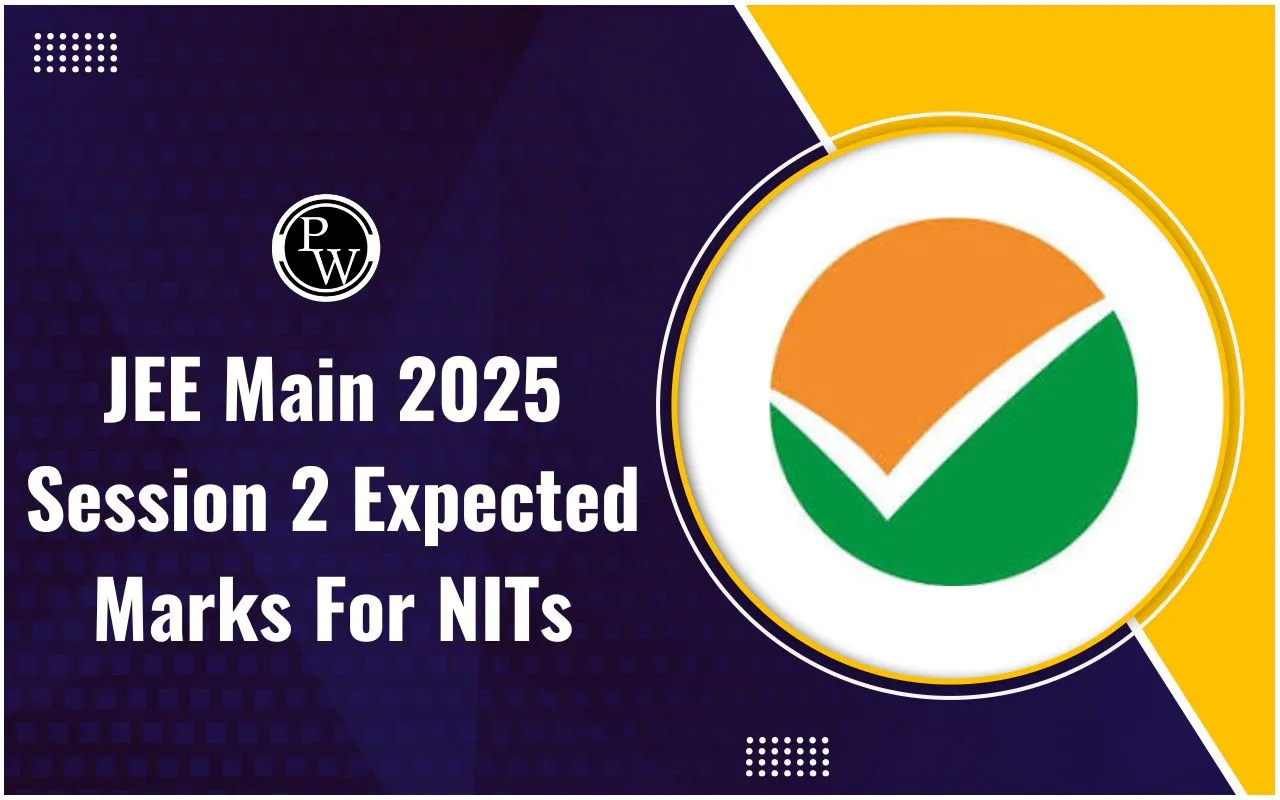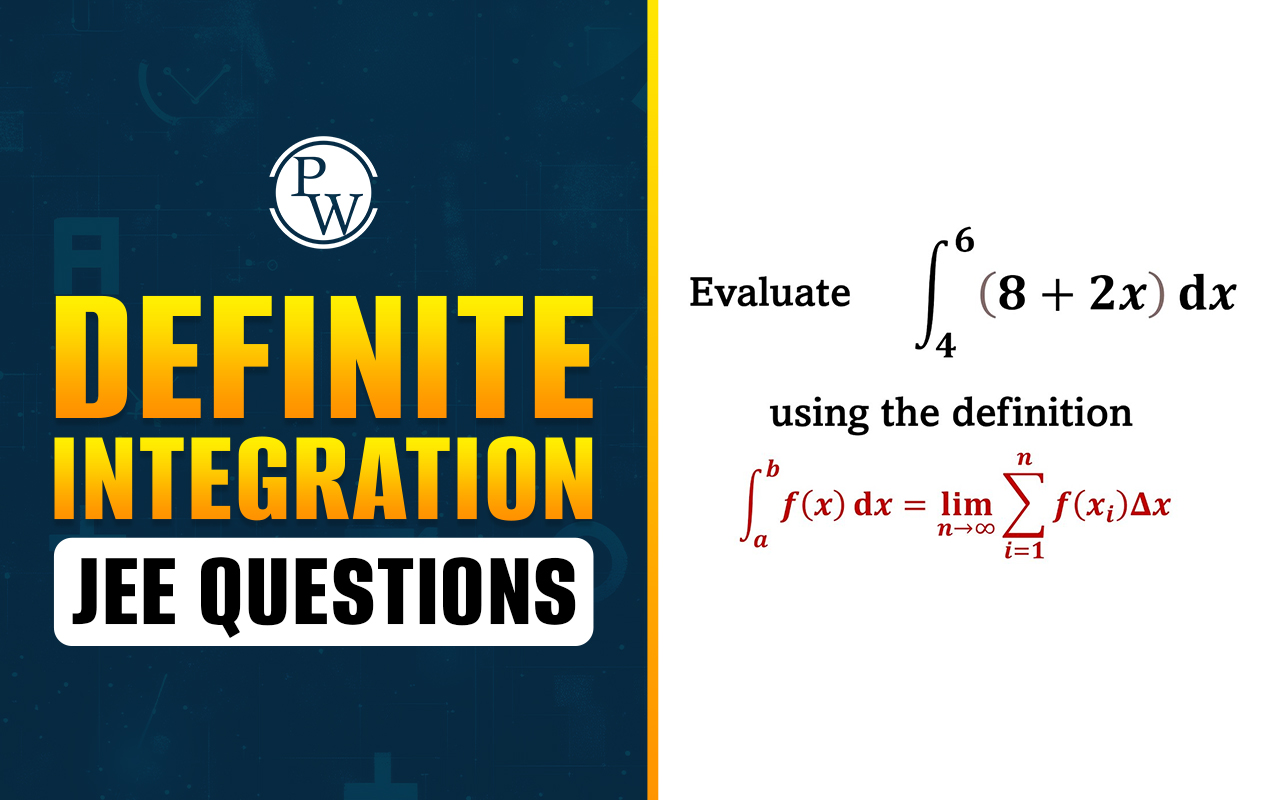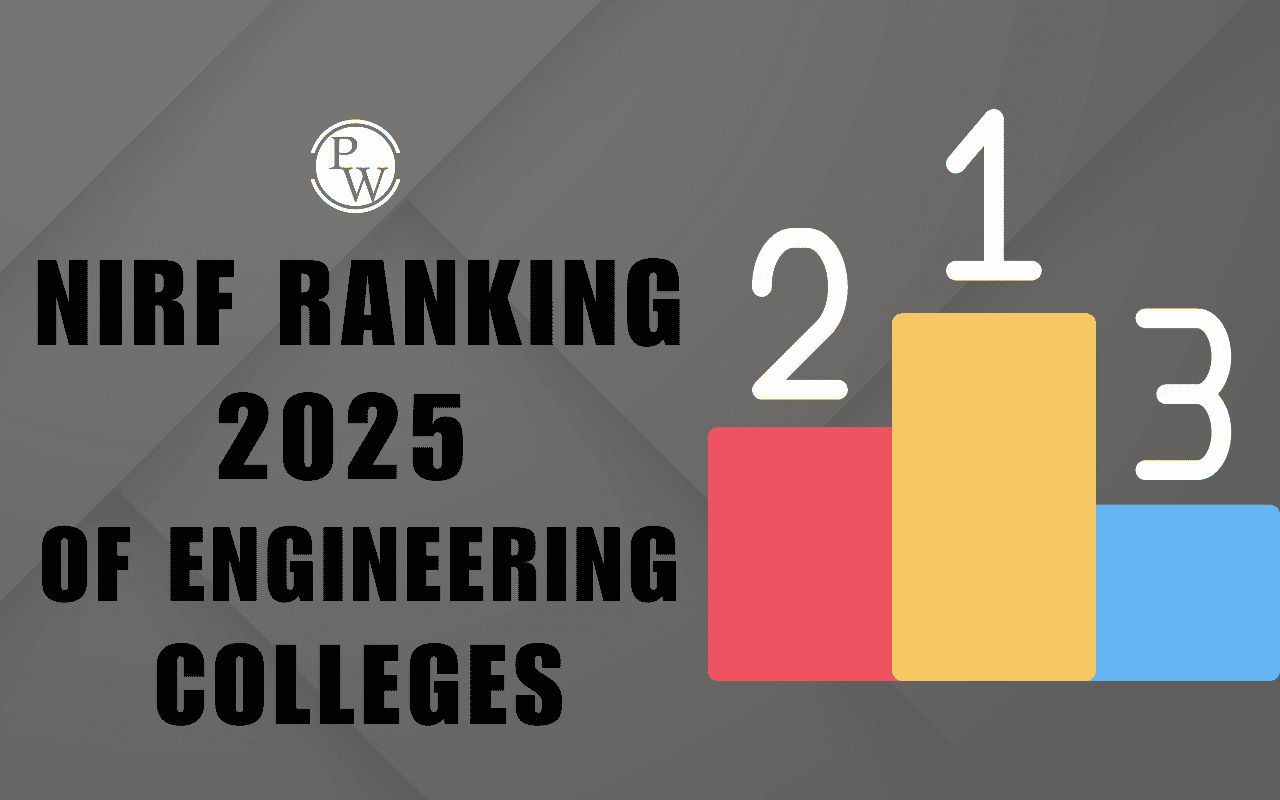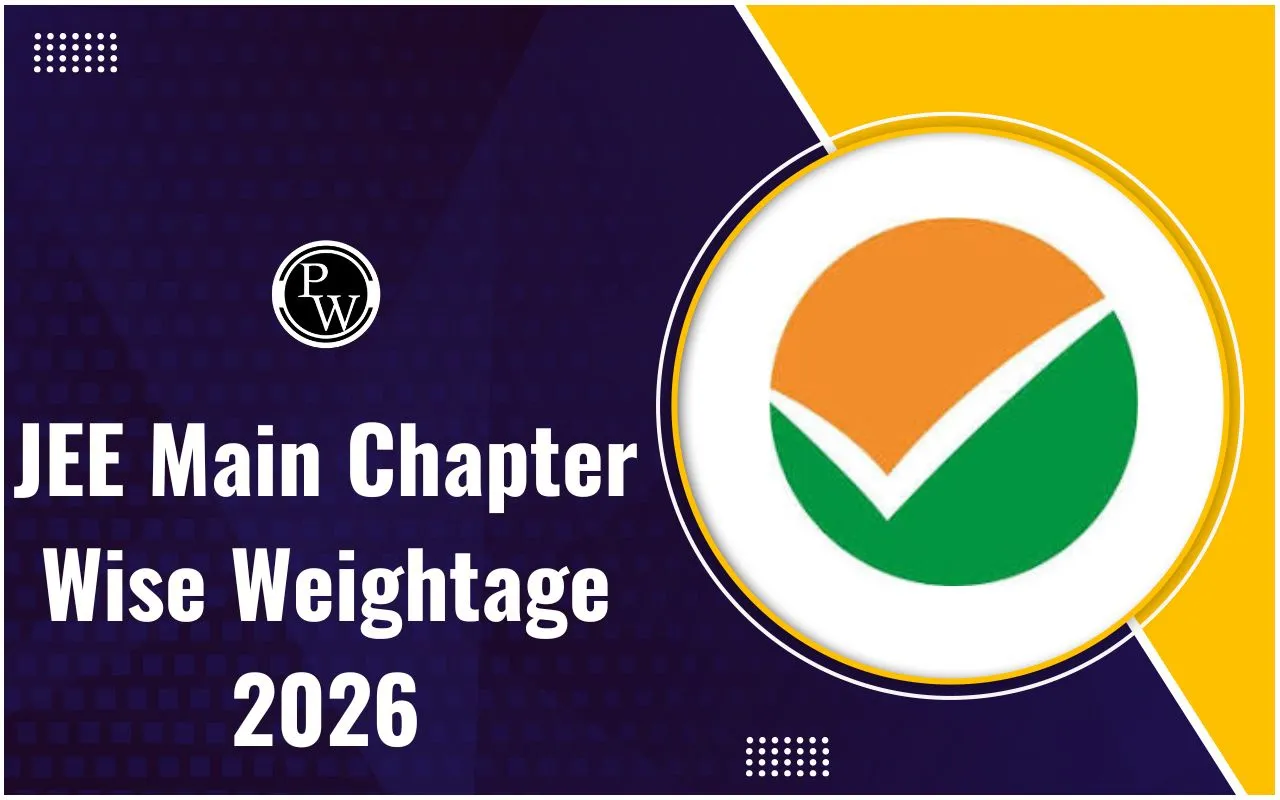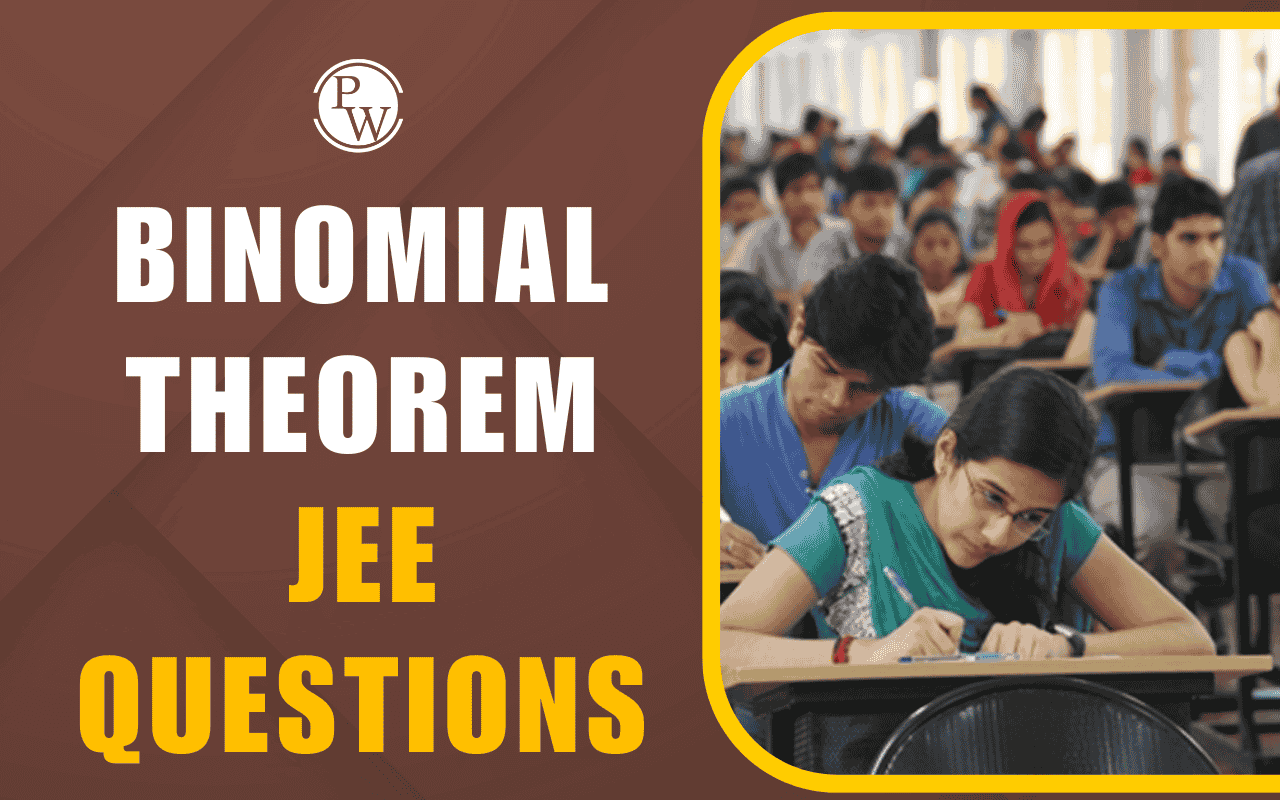
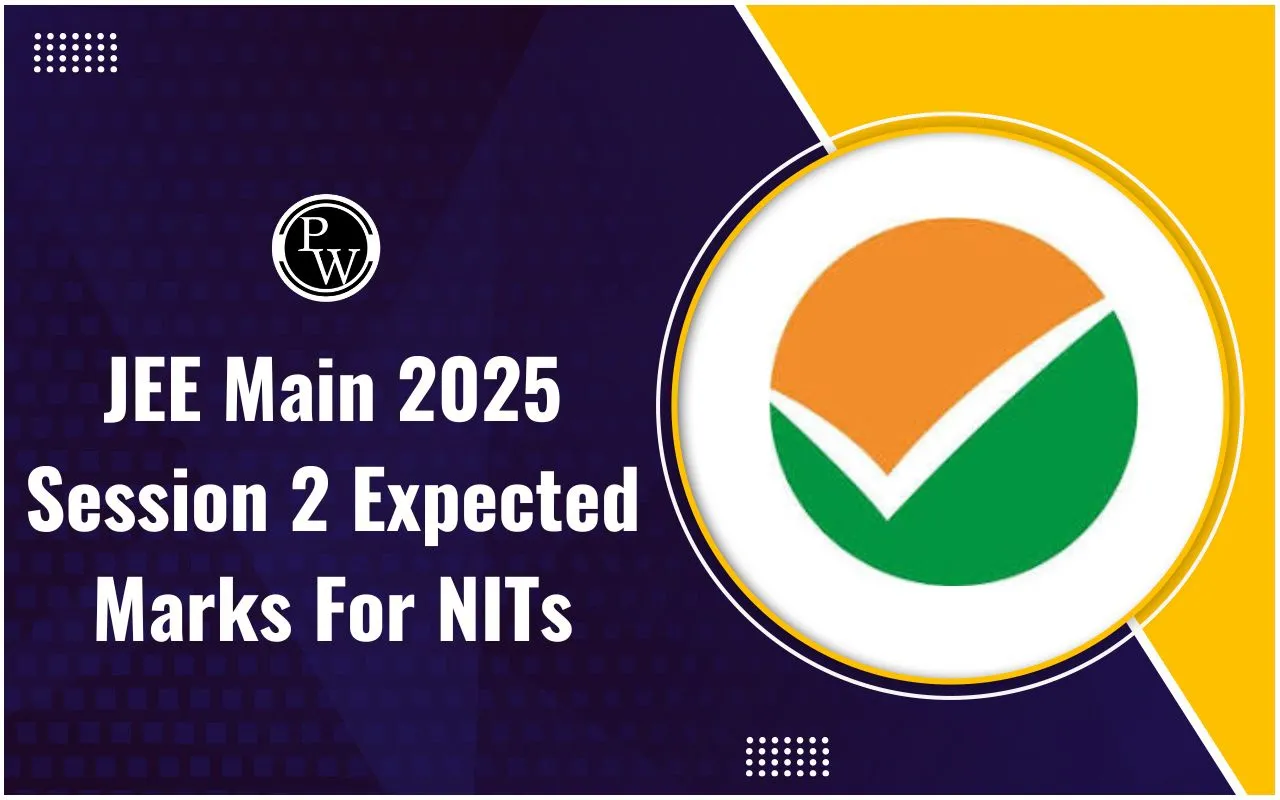
JEE Main 2025 Session 2 Expected Marks For NITs: National Institutes of Technology (NITs) are well-known engineering colleges across India, offering quality education, government recognition, and strong placement opportunities. Admission to NITs is based only on JEE Main scores, unlike IITs, which need JEE Advanced scores as well.
A student's JEE Main percentile and All India Rank (AIR) play a key role in determining their chances of getting a seat in their desired branch and institute. With JEE Main 2025 Session 2 now over, many students are trying to figure out the marks they might need for admission here. Based on previous years' trends, students can check the JEE Main 2025 Session 2 Expected Marks For NITs here.
JoSAA Counselling 2025 Updates
JoSAA Counselling 2025 began on June 3, and the official NIT and IIT cutoffs will be announced after the completion of Round 1 counselling. Until then, students can refer to expected marks and ranks based on previous years' data to assess their admission chances.
In this article, we provide a detailed look at the expected JEE Main 2025 marks for NIT admission, helping students predict branch-wise eligibility and make informed choices during counselling.
JEE Main 2025 Session 2 Expected Marks For NITs
After attempting the second session of JEE Main 2025, many students start estimating how many marks might be enough to get into an NIT. For the reference of such applicants interested in NITs, the JEE Main 2025 Session 2 Expected Marks provided below are based on factors like paper difficulty, number of applicants, and previous year cutoffs.
The expected marks act as a target for students, helping them understand what they need as per their category and the tier of the NIT they are targeting. Find out the category-wise JEE Main 2025 Session 2 Expected Marks for Tier 1, Tier 2, and Tier 3 NITs here:
JEE Main 2025 Session 2 Expected Marks For Tier 1 NITs
For students aiming to get into Tier 1 NITs such as NIT Trichy, NIT Surathkal, NIT Warangal, NIT Rourkela, and NIT Calicut, scoring well in JEE Main 2025 is very important due to high competition and limited seats in popular branches.
-
General category students must need to score around 220 marks or more, which usually falls above the 99 percentile.
-
For students from the OBC-NCL or EWS categories, a score of 180+ marks is generally expected, placing them around the 97 percentile.
-
SC category students need at least 110 marks, which typically means an 80+ percentile.
-
ST category students are expected to score around 90 marks to be considered for the admission process, which is close to the 70 percentile.
-
For the PwD category, scoring 50 marks or more may offer a fair chance for admission in some branches at these NITs.
JEE Main 2025 Session 2 Expected Marks For Tier 2 NITs (Mid-level NITs)
Students aiming for Tier 2 NITs such as NIT Durgapur, NIT Jamshedpur, NIT Patna, NIT Jalandhar, and NIT Kurukshetra must score reasonably well in JEE Main 2025 to secure admission in core engineering branches.
-
For the General category, a score of 180 marks or more is usually expected, which lies between the 97 and 98 percentile range.
-
Those in the OBC-NCL and EWS categories may need at least 150 marks, which is typically around the 94 percentile.
-
SC category students are expected to score 90 marks or above, which usually corresponds to the 75 percentile.
-
ST category applicants can expect a fair chance with around 70 marks, which falls near the 65 percentile.
- For the PwD category, a score of 35 marks or more may be enough to qualify for some branches in these NITs.
JEE Main 2025 Session 2 Expected Marks For Tier 3 NITs (Newer NITs)
Students aiming for newer or Tier 3 NITs like NIT Silchar, NIT Delhi, NIT Agartala, NIT Durgapur, and NIT Kurukshetra should have an idea of the expected marks needed for different categories.
-
For the General category, a score of around 150 or more is generally expected, which usually matches the 94+ percentile.
-
OBC-NCL and EWS category students should have 130+ marks, which falls close to the 90 percentile.
-
Those from the SC category may get a seat with a score of about 80 marks, which is around the 70 percentile.
-
For the ST category, a score of 60 marks or more could be enough, usually aligning with the 60 percentile.
- PwD category aspirants targeting these newer NITs should ideally have scored at least 30 marks to stay in the safe zone.
Key Factors Influencing NIT Admission After JEE Main 2025
Apart from securing the JEE Main 2025 Session 2 Expected Marks For NITs, several other factors also affect a student's chances of admission to NITs. These factors play an important role during the JoSAA counseling and seat allotment process.
-
Student Category: The cutoff varies based on the category—General, EWS, OBC-NCL, SC, ST, and PwD—with reserved categories having different eligibility criteria.
-
Quota Type: Each NIT follows the Home State and Other State quota system. Students from the home state often face slightly lower cutoffs compared to others.
-
Branch Preference: Cutoffs are usually higher for popular branches like Computer Science, Electronics, and Mechanical, especially in top NITs.
-
Tier of NIT Chosen: Admission to Tier 1 NITs such as NIT Trichy or NIT Warangal tends to be more competitive than Tier 2 or Tier 3 NITs.
-
Gender-Based Reservation: Some NITs offer relaxed cutoffs or reserved seats for female students, which can impact seat allotment.
These factors, along with the JEE Main 2025 marks and percentile, together decide the final admission chances for each applicant.
What is a Safe Score in JEE Main 2025 for NITs?
A safe score in JEE Main 2025 means the marks students should try to score to get a good chance of admission into an NIT. This score changes depending on how competitive the NIT is and the branch a student is targeting.
-
For Tier 1 NITs like NIT Trichy, NIT Surathkal, NIT Warangal, NIT Calicut, and MNIT Jaipur, students should aim for a score between 220 to 250 or more, especially if they are hoping for top branches like CSE or ECE.
-
For Tier 2 NITs such as NIT Rourkela, VNIT Nagpur, MNNIT Allahabad, NIT Kurukshetra, and NIT Durgapur, a score between 180 to 210 or above is generally considered safe for most branches.
-
For Tier 3 NITs, which include newer or less competitive ones like NIT Mizoram, NIT Uttarakhand, NIT Nagaland, and NIT Arunachal Pradesh, scoring between 130 to 160 marks should give a fair chance of getting a seat.
These JEE Main 2025 Safe Scores are based on previous trends and may change slightly depending on the overall difficulty of the exam and number of applicants.
Branch-Wise JEE Main 2025 Session 2 Expected Marks for NITs
The expected marks for different branches in NITs can vary based on the competition and demand for the course. For the ease of students' understanding, here is an overview of the expected marks students should target for various branches in top, mid-level, and newer NITs, especially for those in the General category.
-
Computer Science Engineering (CSE): As one of the most in-demand branches, the expected safe score for top NITs (like NIT Trichy or NIT Surathkal) is 240 to 260+ marks.
-
For mid-level NITs, a score of 200 to 220 marks is generally safe for the CSE branch, while for newer NITs, students may need to score between 160 and 180 marks to have a good chance.
-
Electronics and Communication Engineering (ECE): For B.Tech in ECE at top NITs, the safe score expected is between 210 and 230+.
-
While for mid-level NITs, students may get admission to this branch at 180 to 200 marks. In newer NITs, the expected marks range from 150 to 170.
-
Mechanical or Civil Engineering: These branches are slightly less competitive than CSE and ECE. For top NITs, students should target 180 to 200.
-
Mid-level NITs require around 150 to 180 marks, and for newer NITs, 130 to 160 marks is generally enough.
-
Chemical Engineering: In top NITs, students need to score between 170 and 190 marks for Chemical Engineering branch.
-
While mid-level NITs generally have a range of 140 to 170. In newer NITs, a score between 120 and 150 can be enough to secure a seat.
-
Biotechnology: For admission in the Biotechnology branch offered at top NITs, students need to have at least 160 to 180 marks.
-
While in mid-level NITs for the same branch, the expected score is around 130 to 150 marks. Newer NITs may require a score of 110 to 140 marks.
It’s also important to note that admission to branches with lower competition, such as Metallurgy, Mining, or BioTech, might be available at lower scores, even in top NITs.
JEE Main 2025 Session 2 Expected Marks For NITs FAQs
What are JEE Main 2025 Session 2 Expected Marks for NITs?
What is the safe score in JEE Main 2025 for NITs?
How many marks in JEE Main 2025 are required to get admission into CSE at NITs?
Are NITs better than IITs for B.Tech branches?

